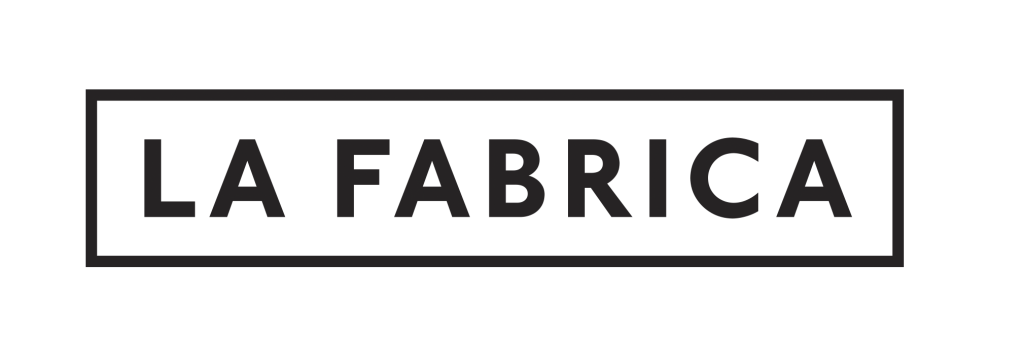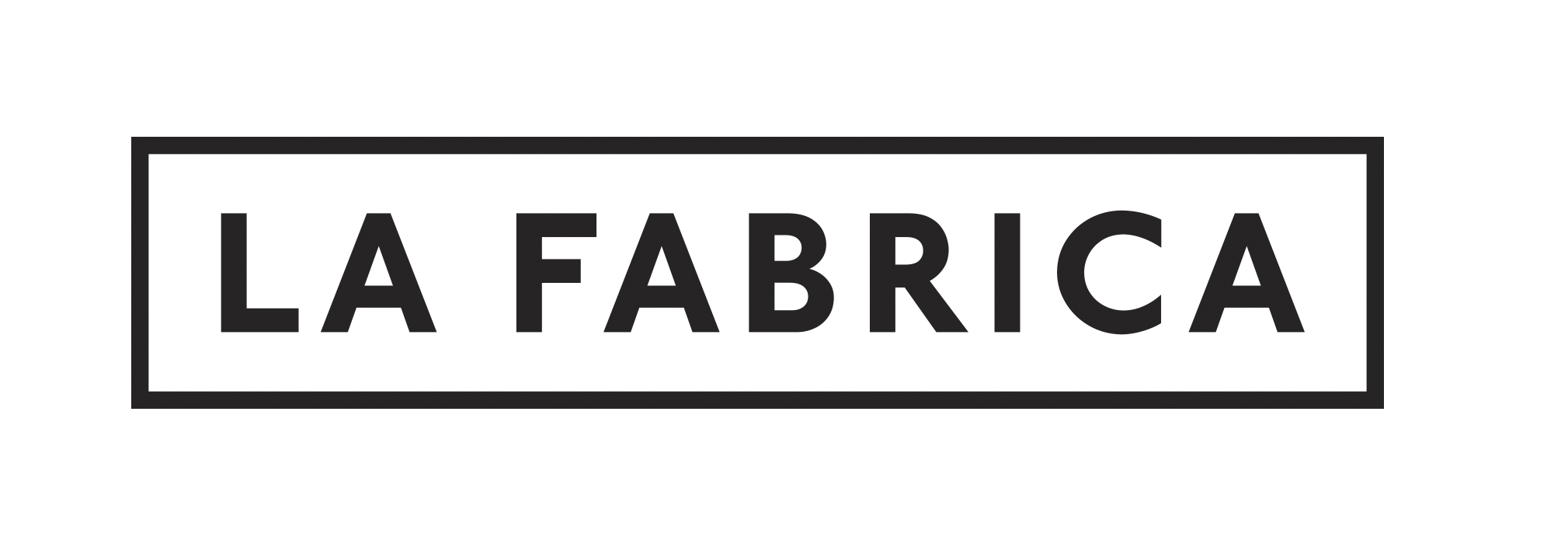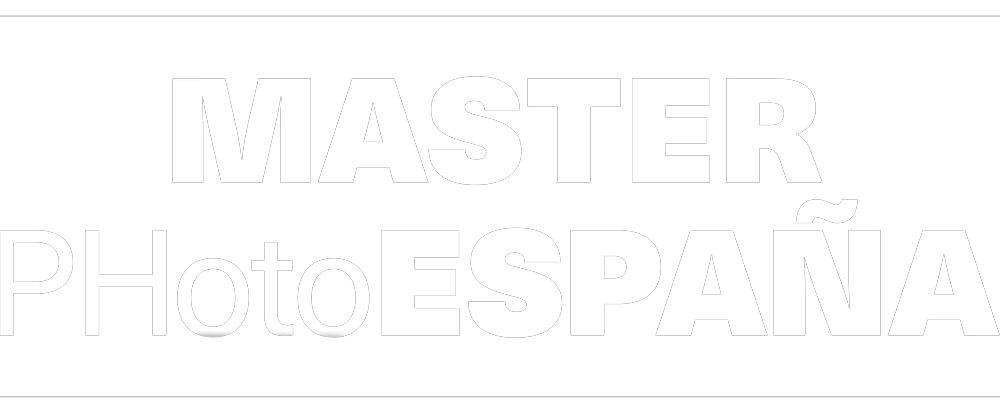Next May 30th, the exhibition Selected Early Works by Marina Abramovic, a selection of images and films of early performances will closed. La Fábrica Galería features key works of the Serbian artist career: Rhythm 4 (1974), Rhythm 10 (1975), Art Must Be Beautiful, Artist Must Be Beautiful, (1975) and Relation in Time (1977), including videos of this performance as Breathing in/Breathing out with Ulay (1978).
From the beginning of her career, Marina Abramovic (Belgrade, 1946) work by her own. Her first performances Rhythm 4 (1974), Rhythm 5 (1974) and Rhythm 10 (1975) were very controversial. Abramovic’s work explores the relationship between performer and audience, the limits of the body, and the possibilities of the mind. In 1975 Abramovic and Ulay began their collaboration, the main concepts they explored were the ego and artistic identity. This was the beginning of a decade of influential collaborative work. Over the next two decades they lived and collaborated together, performing and traveling extensively. Their performances explored the parameters of power and dependency within the triangular relationship between each other and their audience. Their performances Relation Work (1976), Relation in Time (1977) or Interruption in Space (1977), explored the dualistic nature of their relationship: man/women, lonely/company, desire/prohibition.
The performance Rhythm 10 (1973) took place at the Museo d’Arte Contemporanea in Villa Borghese, Roma. In her first performance, Rhythm 10, she used a series of 20 knives to quickly stab at the spaces between her outstretched fingers. Every time she pierced her skin, she selected another knife from those carefully laid out in front of her. Once she has used all the knifes (all the rhythms), she began playing a recording of the first half of the hour-long performance, using the rhythmic beat of the knives striking the floor, and her hand, to repeat the same movements, cutting herself at the same time, merging together past and present. With this piece, Abramovic began to consider the state of consciousness of the performer. “Once you enter into the performance state you can push your body to do things you absolutely could never normally do.
Art must be Beautiful, Artist must be Beautiful (Copenhagen, Denmark, 1975) is one of Abramovic’s typical early performances. As with the ‘Freeing…’ series (‘Freeing the Body’, ‘Freeing the Voice’ and ‘Freeing the Memory’, 1976), it is not about physical pain, but rather about the mental state that can be reached by way of pain. In the video recording of the performance, one can see Abramovic aggressively combing her long hair. With a brush in one hand and a comb in the other, she works on her face and hair, while repeating the sentence ‘art must be beautiful, artist must be beautiful’. Her voice betrays that she is in pain, and her face also makes it abundantly clear that she is hurting herself.
Now and then, it seems as if she is falling into a trance. Then her voice is softer and the way she moves her brush and comb through her hair is less hard-handed. According to Abramovic, the purpose of her self-inflicted pain is to free the body and soul from the restrictions imposed by Western culture and from the fear of physical pain and death. From her perspective, performance art can be used to challenge and transgress physical and mental boundaries. In later years, she became acquainted with the Tibetan and Aboriginal cultures and with the rituals of the Sufi tribe. In the rituals of these cultures, the body is also driven to extreme physical limits, in order to enable a mental ‘leap’ into another dimension where physical limitations and fear no longer influence the human mind. During an interview in 1999, Abramovic said about her 1975 performance: ‘A long time ago I made a piece called «Art must be Beautiful, Artist must be Beautiful». At that time, I thought that art should be disturbing rather than beautiful. But at my age now, I have started thinking that beauty is not so bad.’
The performance Relation in Time (October 1977) took place at Studio G7 in Bologna, Italy. Sitting quietly for seventeen hours, Abramovic and Ulay were connected to each other by means of their hair. They spent the first sixteen hours doing this alone, but visitors were allowed in to witness the final hour. The form of the performance Relation in Time is sober, while the content is complex, a fusion of many ideas. Ulay and Abramovic are sitting in front of a white wall, their backs turned towards each other. Abramovic’s hair, pulled back tightly into a ponytail, is tied to Ulay’s («Hair is a kind of antenna, like air roots of trees»). The spectator sees them in profile, each looking in a different direction. At the start of the seventeen-hour marathon, they are sitting up straight. Later, when fatigue sets in, Abramovic in particular begins to slump a little, so that their hair, which was tied together tightly, begins to become looser. The process makes heavy demands on both the physical and mental stamina of the artists. In a very simple way, the artists try to reach a state of harmony between body and mind. Ulay and Abramovic have to rely on their mental strength to be able to sit still for seventeen hours, without speaking.
This process of the submission of the body to the mind is a central element in ancient eastern meditation. John Cage, who was an influence to Ulay and Abramovic, called this ‘activity within inactivity’. Abramovic, referring to the ‘Relation work’ in general: ‘We became a kind of polarity. He presented the male energy and I presented the female energy, and we tried to combine them’. From the very outset of their cooperation, in 1976, Ulay and Abramovic regarded themselves as ‘androgynous’, as a unity containing both male and female elements.
Ulay and Abramovic introduce the video of Breathing in, Breathing out (April 1977, Belgrade) as follows: ‘We are kneeling face to face, pressing our mouths together. Our noses are blocked with cigarette filters.’ Ulay says: «I am breathing in oxygen. I am breathing out carbon dioxide.» Abramovic: «I am breathing in carbon dioxide. I am breathing out carbon dioxide.» Ulay: «I am breathing in carbon dioxide. I am breathing out carbon dioxide.» In November of the same year, the reverse version of Breathing in, Breathing out was performed at the Stedelijk Museum, Amsterdam under the title Breathing out, Breathing in.
The intimacy suggested by the video still is actually misleading. For almost twenty minutes, Ulay and Abramovic depend desperately on each other to stay alive. They share their breath, without external access to oxygen. The physical struggle that ensues due to the lack of oxygen and to the breathing in of carbon dioxide is visibly exhausting. Abramovic is sweating profusely; her breathing is clearly audible. Ulay manages to control the rhythm of his breathing for slightly longer, but soon he is suffering too. At that point, Ulay and Abramovic are no longer sitting still, but are moving vehemently to and fro until they cannot take it anymore. They let go of each other’s mouths, gasping to regain their breath. Compared to the other performances based on bodily stamina, this highly strenuous performance is relatively short, due to the lack of the most essential ingredient of life.
Her performances are a series of experiments aimed at identifying and defining limits: of her control over her own body; of an audience’s relationship with a performer; of art and, by extension, of the codes that govern society. This experimentation has allowed her to exhibit in the most important institutions all over the world, the recent one, The Artist is Present, featured at MoMA from New York in 2010.
